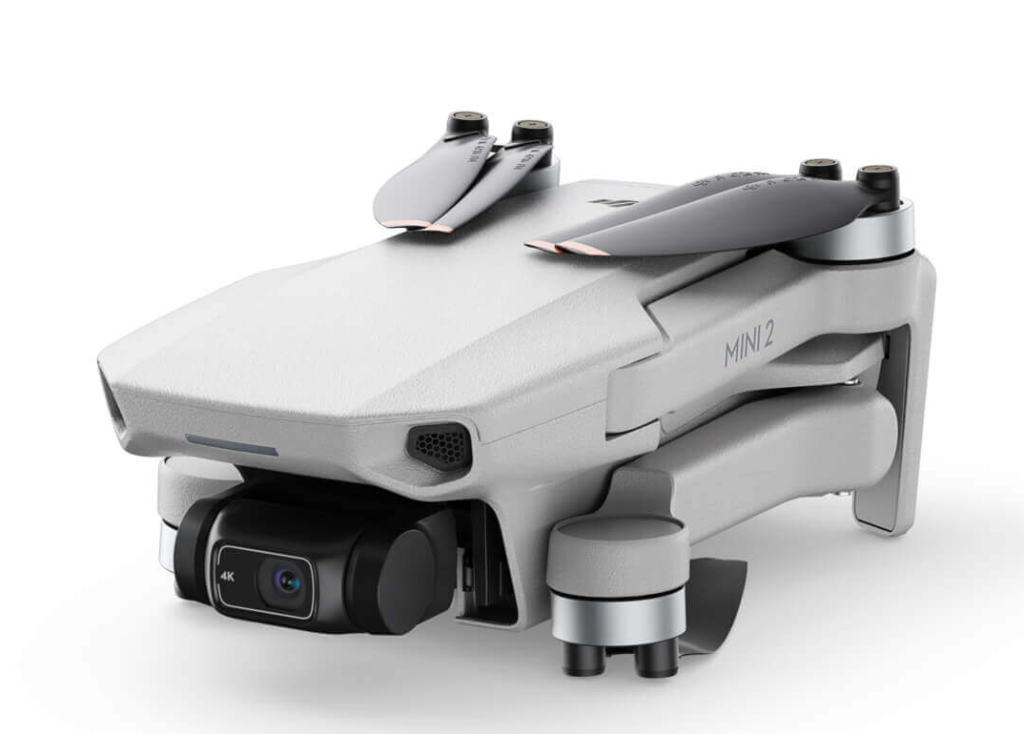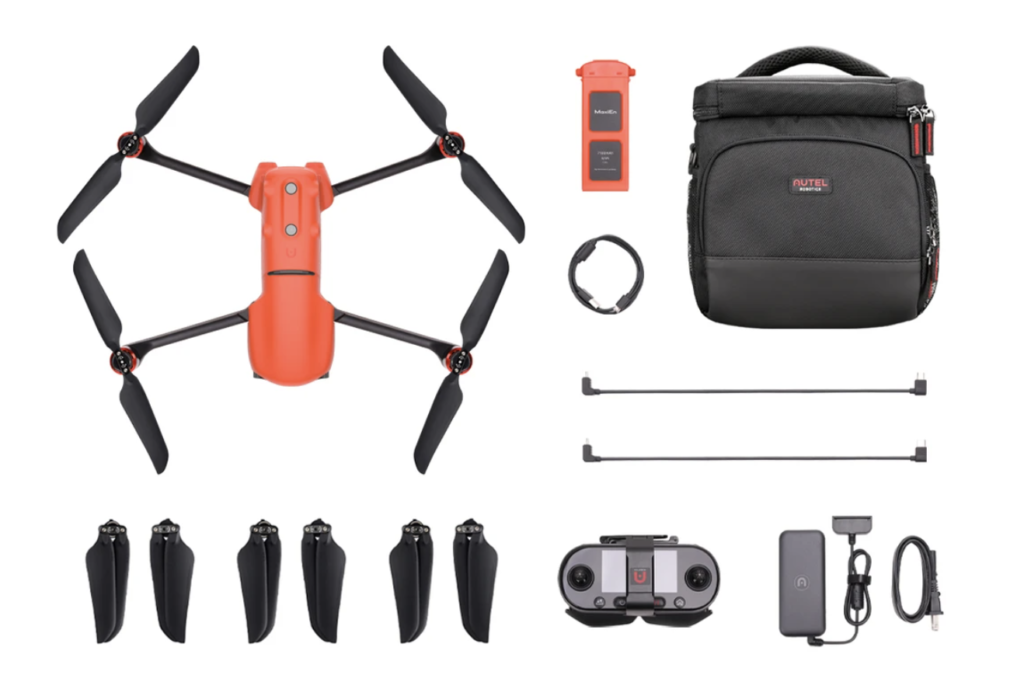As we discuss in our ongoing 3D Printing Drone Swarms series, additive manufacturing (AM) will play an increasing role in the production of all manner of semi-sentient robots. This has been demonstrated by unmanned aerial vehicles (UAVs), which are now being made in part with 3D printing for lightweight, custom designs. For this reason, we expect AM to be used for other drone-style bots as well, often for military purposes.
As well as continuous development on military unmanned aerial vehicles (UAVs), smaller commercial drones have become much better over the past few decades. Used for mapping, GIS, planning, agriculture and development, these vehicles are capable and inexpensive. Usually meant only to fly a few hours or 20 minutes or less, they can only carry several kilos in payload. A fast growing category of consumer drones starting at a few hundred dollars and going into prosumer platforms of around $2,000 have shorter flying times and lower payloads, but they are much more accessible still.

The large nation states have seen drones as war winners since the 80s. Only recently have smaller states seen the drone as a way for them to win on the battlefield. Non-state actors, however, have also taken to using the devices. Over the past decades, we can trace the development of UAVs from only the richest countries on Earth to many tinderbox nations and now to the hands of terrorists.
Typically, non-state actors have either purchased commercial drones, consumer drones, or have been given access to the knowledge on how to develop and make their own lower cost military UAVs by nations supporting these groups.

DoD photo by EJ Hersom The Ababil.
One example is the HESA Qasef, also known as the Ababil, which is a simple but capable drone platform made mostly out of fiberglass and available in a few versions, including as a loitering munition. Developed in Iran in 2006, it is now widely used by Hamas, the Houthis in Yemen, Hezbollah as well as Iraqi groups allied to Iran and by Syrian government forces. While Israel propagates its UAV technology to its allies, Iran is making available drone technology to all armed groups allied with it. The first Ababil was rather simple, but the current Ababil 3 has a speed of “200 km/h, its range is 100 km, and it has a service ceiling of 5,000 m.” Another drone that Iran and its allies use is the Samad 3, which reportedly has a range of 1500 Km and can now be made by the Houthis themselves.
Reportedly Houthi (or perhaps Iranian) Samad and Ababil drones were used during the Abqaiq Khurais attack in September 2019. This devastating drone swarm assault took the Saudi Patriot and gun batteries by surprise and knocked out 50% of the Kingdom’s oil production and 5% of the world’s oil production.
In the Saudi attack, the UAVs traveled long distances and successfully penetrated radar defenses. With no specific anti-drone capabilities, there was very little that defenders could do against them. Some of the drones used were previously considered to be simple and low tech reportedly cost $15,000 to build.
Just recently, another group close to Iran Hezbollah penetrated Israeli airspace with its own drone. Hezbollah has been flying UAVs for over 17 years now and been actively involved in hacking and working with drones since 1997. It has caused a fire on an Israeli Navy ship by crashing one into it. Hamas this year used a downed Israeli drone to try to bomb a tank.

ISIS used UAVs extensively in all manner of campaigns. It used drones for intelligence and reconnaissance gathering at the street and town level. It also used drones to acquire video of its attacks, IED strikes and troops. ISIS saw the drone not only as a weapon of war but one of the propaganda war as well.
According to this insightful paper,
“After outlining ISIS’ use of drones for combat air support and to film ground (particularly VBIED) attacks, we argue, drawing on political geography, that ISIS employs drones in propaganda to stake and reinforce a claim to sovereign control of territory, performed through the flying of aircraft. The use of drone imagery, we argue, taps into long-standing visual and discursive strategies which associate vertical hierarchy and flying with mastery and control, allowing ISIS to display attributes of aerial sovereignty.”
So, there is a “be the leviathan” kind of a quality to using these devices, as well.
“ISIS, therefore, is not seeking merely to deter threats to its sovereign territory; it is seeking also to spatialize its claim over the territory overflown by its drones. Our argument, therefore, is that the diffusion of images of territory being overflown by ISIS-controlled drones aims to demonstrate that ISIS exercises de facto control over the territory which it claims.”
ISIS also managed to do this on the cheap buying commercial kits often costing around $179 and outfitting them with explosives or cameras. The group has additionally used more expensive and capable commercially available DJI Phantom drones for aerial reconnaissance. A Sunni group fighting in Syria, Jabhat Fateh al-Sham (which used to be known as the Al Nusra Front and has now merged into Tarhir al Sham), sought to master these devices as well in response to ISIS. As well as the political use of UAVs, this group has managed to drop explosives from commercial drone platforms. Lashkar e Taiba a group fighting India from Pakistan has used drones extensively since 2002 to recon and also reportedly to receive weapons shipments.
Rezwan Ferdaus is a US citizen who, in 2011, tried to obtain explosives in order to pack commercial remote control aircraft with C-4 and fly it into the Pentagon. He was stopped by an FBI sting operation. I don’t think that I have to point out where this kind of UAV usage would get ethically problematic here. With the democratization of any technology, a wider group of people will have access to it, for good and for evil.
Subscribe to Our Email Newsletter
Stay up-to-date on all the latest news from the 3D printing industry and receive information and offers from third party vendors.
Print Services
Upload your 3D Models and get them printed quickly and efficiently.
You May Also Like
Could 3D Printing for Biocomputing Make Wetware Aware?
As an AI arms race consumes ever more electricity, and every ChatGPT search query costs $0.36, the search for new ways of computing has intensified. One answer could be in better...
Bambu Lab Launches Software to Manage 3D Printer Fleets—No Cloud Needed
Bambu Lab has introduced a new software tool, Bambu Farm Manager, designed to help users manage large fleets of 3D printers over a local network, without relying on the cloud....
Consolidation in AM: How 2025 Is Shaping the Industry’s New Normal
The first half of 2025 has been marked by a clear shift in the additive manufacturing (AM) industry. Companies are no longer just focused on developing new tech by themselves....
3D Printing News Briefs, July 2, 2025: Copper Alloys, Defense Manufacturing, & More
We’re starting off with metals in today’s 3D Printing News Briefs, as Farsoon has unveiled a large-scale AM solution for copper alloys, and Meltio used its wire-laser metal solution to...
































